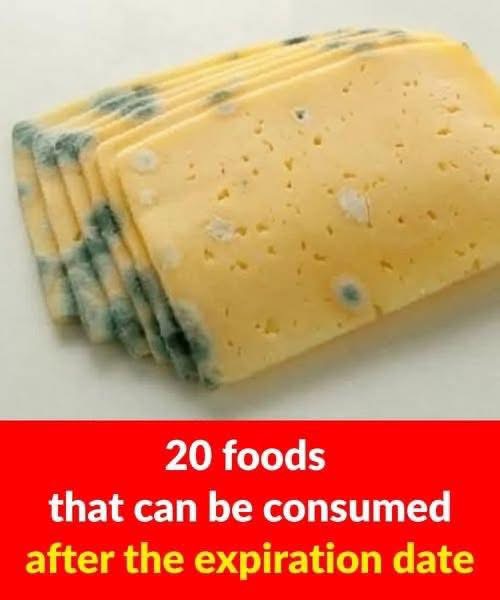Many people discard food once it passes the printed expiration date, believing it’s no longer safe to eat. However, most of these dates refer to quality rather than safety. According to the USDA, with the exception of infant formula, expiration dates are not federally required and don’t necessarily indicate that food is spoiled. Many items remain safe and edible well beyond their labeled dates if they’re stored correctly and show no signs of spoilage, such as mold, bad odor, or unusual texture.
Eggs, for example, can last 3–5 weeks past the sell-by date if refrigerated. A simple float test in water can determine freshness—if the egg sinks, it’s good. Dairy products like milk and yogurt may also be safe up to a week or more beyond the date if stored cold; yogurt may separate slightly but can be stirred and consumed. Hard cheeses and butter also have extended shelf lives, with mold on cheese often just on the surface.Baked and dry goods such as bread, pasta, rice, and cereal can typically last beyond their dates. Bread should be checked for mold and stored in the fridge or freezer. Dry pasta and white rice can last years if sealed and stored in a cool, dry place, while cereal may lose crunch but remains edible. Peanut butter also remains safe for months after opening, especially if refrigerated.
Frozen foods, chocolate, chips, and honey are particularly long-lasting. Freezing prevents bacteria growth, though taste may degrade over time. Honey doesn’t spoil and may just crystallize. Chips and crackers lose crunch before they become unsafe, and chocolate with a white “bloom” is still edible.

20 foods that can be consumed after the expiration date
by
Tags:
Leave a Reply